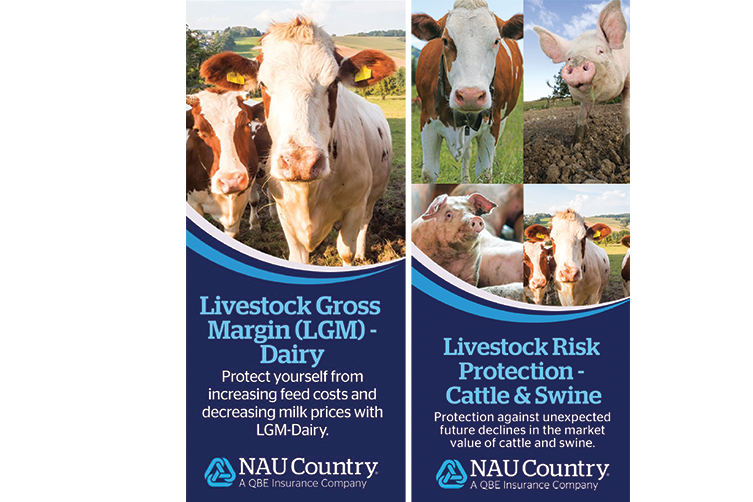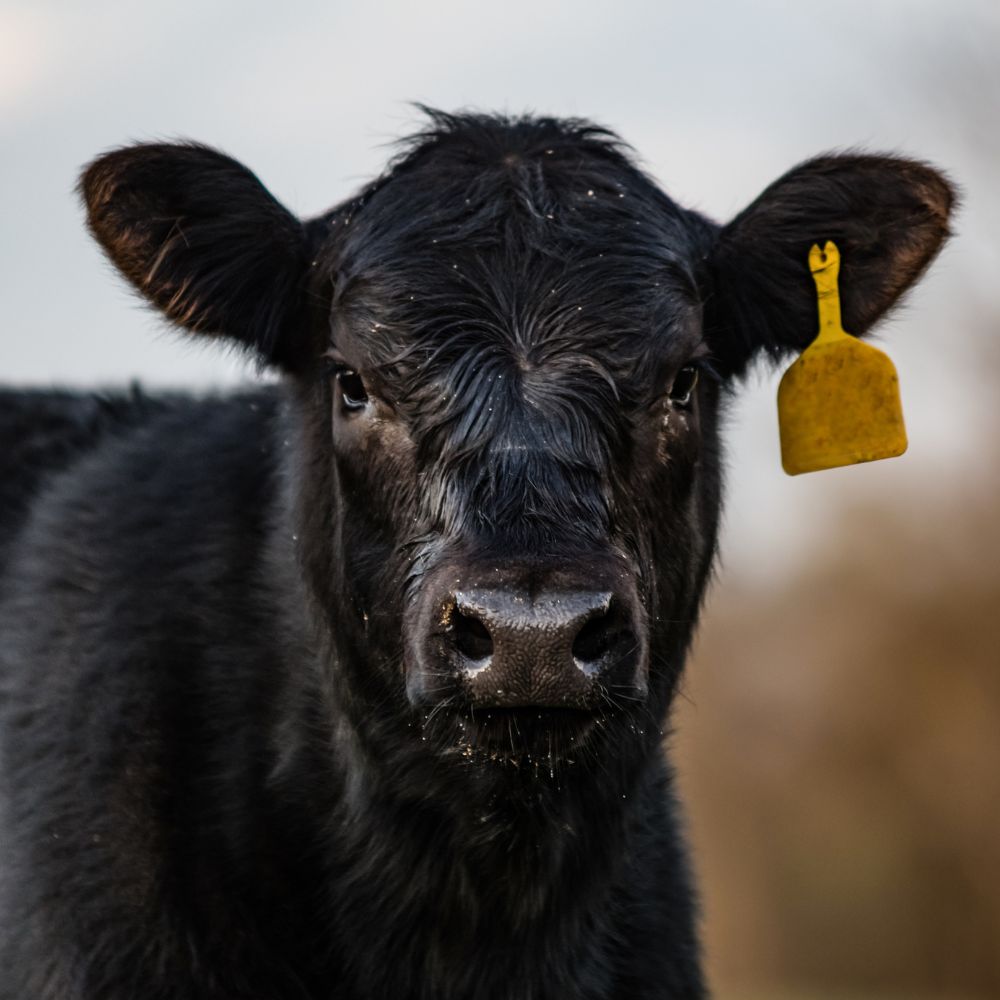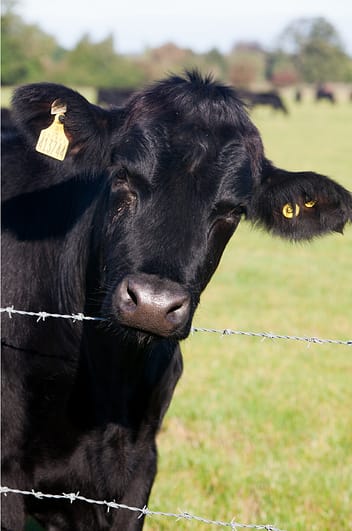Understanding Livestock Threat Defense (LRP) Insurance Policy: A Comprehensive Guide
Navigating the realm of animals danger protection (LRP) insurance policy can be a complicated endeavor for lots of in the agricultural field. This sort of insurance uses a safety web against market changes and unexpected circumstances that can affect animals producers. By recognizing the intricacies of LRP insurance coverage, producers can make informed choices that might safeguard their operations from economic threats. From how LRP insurance coverage operates to the various insurance coverage options offered, there is much to reveal in this extensive overview that can possibly shape the method animals manufacturers approach risk management in their companies.

Just How LRP Insurance Policy Works
Sometimes, understanding the mechanics of Animals Danger Security (LRP) insurance can be intricate, however breaking down just how it works can offer clarity for farmers and herdsmans. LRP insurance policy is a risk monitoring device developed to protect animals manufacturers against unexpected rate declines. The policy enables producers to establish a protection degree based upon their particular requirements, choosing the variety of head, weight range, and coverage price. As soon as the policy remains in place, if market rates drop below the protection cost, producers can sue for the difference. It's vital to keep in mind that LRP insurance is not an income assurance; rather, it concentrates exclusively on cost danger defense. The insurance coverage period typically ranges from 13 to 52 weeks, giving versatility for producers to select a period that straightens with their manufacturing cycle. By utilizing LRP insurance coverage, ranchers and farmers can minimize the economic threats connected with varying market value, making sure better security in their procedures.
Eligibility and Insurance Coverage Options

When it concerns coverage alternatives, LRP insurance coverage provides producers the flexibility to select the protection degree, insurance coverage period, and recommendations that ideal suit their threat administration requirements. Protection levels typically range from 70% to 100% of the anticipated ending value of the insured livestock. Producers can additionally select protection periods that align with their production cycle, whether they are insuring feeder cattle, fed livestock, swine, or lamb. Recommendations such as rate danger defense can even more customize protection to protect versus negative market fluctuations. By recognizing the qualification criteria and insurance coverage choices available, animals producers can make educated choices to manage risk efficiently.
Pros and Disadvantages of LRP Insurance
When reviewing Animals Threat Defense (LRP) insurance coverage, it is vital for animals producers to weigh the drawbacks and benefits intrinsic in this risk management tool.

One of the main advantages of LRP insurance is its capacity to supply protection against a decrease in livestock rates. This can aid guard manufacturers from monetary losses resulting from market variations. In addition, LRP insurance coverage offers a degree of versatility, allowing producers to customize coverage levels and policy durations to fit their particular demands. By securing in a guaranteed cost for their livestock, producers can much better manage danger and prepare for the future.
One limitation of LRP insurance coverage is that it does not secure versus all kinds of dangers, such as illness outbreaks or all-natural disasters. It is vital for manufacturers to meticulously evaluate their specific danger direct exposure and economic circumstance to determine if LRP insurance coverage is the best danger monitoring device for their procedure.
Understanding LRP Insurance Premiums

Tips for Maximizing LRP Advantages
Taking full advantage of the benefits of Livestock Risk Security (LRP) insurance coverage requires critical preparation and proactive threat management - Bagley Risk Management. To take advantage of your LRP insurance coverage, consider the complying with suggestions:
Frequently Analyze Market Problems: Remain informed concerning market trends and price variations in the animals sector. By checking these elements, you can make enlightened choices regarding when to buy LRP protection to secure against possible losses.
Set Realistic Protection Degrees: When picking protection degrees, consider your manufacturing prices, market worth of livestock, and potential dangers - Bagley Risk Management. Establishing reasonable insurance coverage degrees guarantees that you are adequately secured without paying too much for unneeded insurance policy
Expand Your Coverage: Instead of counting solely on LRP insurance policy, take into consideration expanding your threat monitoring approaches. Integrating LRP with other danger management tools such as futures agreements or choices can give detailed coverage against market unpredictabilities.
Review and Adjust Coverage On a regular basis: As market conditions change, regularly review your LRP insurance coverage to ensure it aligns with your current risk exposure. redirected here Changing insurance coverage levels and timing of acquisitions can assist maximize your threat protection strategy. By following look at here now these suggestions, you can take full advantage of the benefits of LRP insurance and safeguard your animals operation against unexpected threats.
Conclusion
To conclude, animals risk security (LRP) insurance coverage is an important device for farmers to manage the economic threats related to their livestock procedures. By understanding exactly how LRP functions, qualification and coverage options, along with the benefits and drawbacks of this insurance, farmers can make informed decisions to secure their source of incomes. By thoroughly considering LRP premiums and carrying out approaches to make best use of advantages, farmers can mitigate potential losses and make sure the sustainability of their operations.
Animals manufacturers interested in getting Livestock Risk Protection (LRP) insurance can explore a range of qualification standards and coverage options tailored to their specific animals operations.When it comes to protection options, LRP insurance policy offers manufacturers the versatility to select the coverage degree, protection period, and endorsements that ideal fit their risk management needs.To understand the intricacies of Livestock Threat Defense (LRP) insurance totally, understanding the factors affecting LRP insurance costs is critical. LRP insurance policy premiums are figured out by numerous components, consisting of the insurance coverage level chosen, the expected rate of animals at the end of the protection duration, the kind of animals link being guaranteed, and the length of the coverage period.Review and Adjust Insurance Coverage Frequently: As market conditions change, regularly review your LRP insurance coverage to ensure it aligns with your present danger exposure.